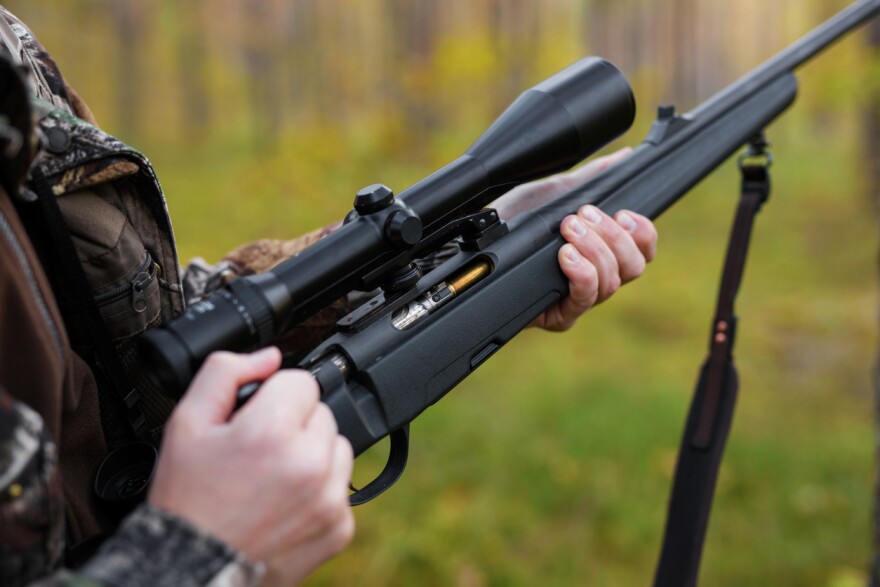The Montana Department of Fish, Wildlife and Parks is wrapping up a series of public meetings on Chronic Wasting Disease, or CWD. This week, the agency explained its initial management strategy for the Libby area where six white-tailed deer have tested positive for the fatal disease.
CWD was detected in Libby this spring. It’s the first case of the disease showing up in a wild herd in western Montana.
"So Libby-area is a little bit different than some of the other areas in Montana where we found CWD because it happened right in the middle of town," says FWP Region 1 Wildlife Manager Neil Anderson. "So, it happened in an urban area."
After wild deer or elk test positive for CWD, the state’s management plan calls for sampling efforts to measure its prevalence in the area. That’s normally done through hunters, who are required to get their animal sampled in CWD zones.
"Because it's in an urban area, that's just not something that we can do readily," Anderson says.
FWP hopes to sample 200 animals in town through trapping and the same number from hunting within a 10-mile radius around Libby. FWP sold 600 extra white-tailed deer tags for this fall in hopes of obtaining that goal.
Local hunter Dave Marsh was at Wednesday’s meeting. He’s happy the agency is working quickly to understand the scope of the disease.
"This is pretty inconvenient for everybody – for the agency and for the hunter. I guess this is just kind of a responsibility for hunters to step up and realize the long-term ramifications of this and do the right thing."
Hunters like Marsh will be required to bring the head of their animal or its lymph nodes to sampling stations in the area. Carcasses are also prohibited from leaving the Libby CWD management zone until they test negative.
Anderson says it will likely be early 2020 when FWP gets the full results from this year’s hunting season.
"If prevalence is over 5%, then we're gonna be more aggressive in our management strategy to try to remove – or reduce densities of deer. Below 5%. I think we're not in a terrible spot."
He says the agency will work to reduce deer densities in town regardless of CWD’s prevalence, and it will include another four hunting zones next year in an effort to see if the disease can be detected in the greater area.


